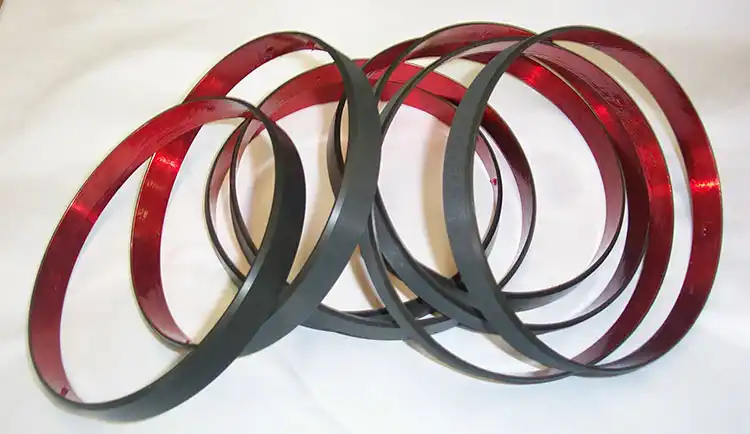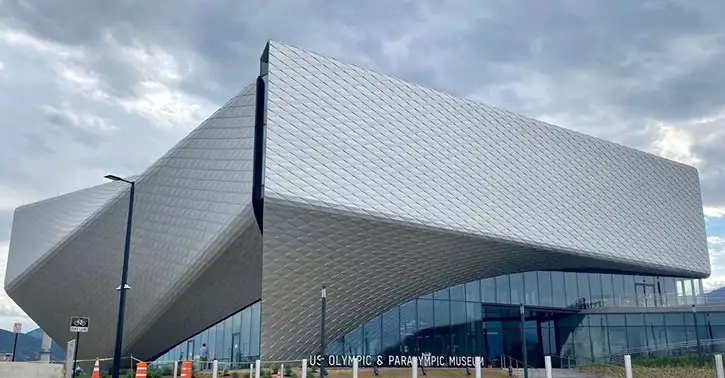Anodizing Design Guide
Getting The Best Finish From Your Anodizing Process
Anodizing 101: Your Ultimate Guide to Anodizing Aluminum
Anodizing is a crucial process in the metal finishing industry that enhances both the aesthetic and functional qualities of metals, particularly aluminum. Whether you’re a DIY enthusiast, an engineer, or an artist, this comprehensive guide will help you understand anodizing, its benefits, and how to achieve the best results.
Find an Anodizer
 Current Anodizing Processes
Current Anodizing Processes
Sulfuric Acid. The predominant anodizing process today. Coatings 0.1-1.0 mil thick formed in a 15 pct. solution, 12asf, 18-24 volts, 70F for 10-60 min. This coating is usually organically dyed or colored with deposited metals (two-step). Offers a wide array of applications. Most anodizers use this method, although other acids are available for specialty purposes.
Organic acids. These integral one-step processes employ 90-100 g/liter solutions of organic acids, containing a small amount of sulfuric acid (for increased conductivity). Operating conditions: 70-80F, 24asf, voltage up to 75; produces amber, bronze and black coatings. The resulting oxide coating is light-fast and weather resistant.
Read More
Alloy & Temper
The alloy and temper of the product to be anodized will affect both the strength and the appearance of the part after it is anodized. Various combinations of constituent elements cause each aluminum alloy to react differently to the process of anodizing; this is particularly evident between alloy series. As a result, each alloy or alloy series yields a different appearance, even if treated to identical anodizing processes.
Read More
 Pre-Anodized Aluminum Coil Applications
Pre-Anodized Aluminum Coil Applications
applications list for pre-anodized aluminum
Read More
Interference Coloring
Interference coloring, the newest development in the aluminum finishing story, offers anodizers the ability to produce a wide palette of stable colors with an anodized finish. These colors offer a whole new world and dimension to architects, designers, and others.
Read More
Aluminum Surface Anodic Finish
The anodic finish is the result of the carefully controlled electrochemical oxidation of the aluminum surface. There are numerous types of anodic finishes. Each finish is specified to obtain certain appearance and/or performance characteristics desired according to the end use of the product.
Read More
 Coil Anodizing
Coil Anodizing
Aluminum coil anodizing was created as an alternative to piece part anodizing. Customers demanded improved products and cost containment by anodizers in the mid 1930’s. The response was a new concept: The concept of pre-anodizing aluminum coil and strip prior to fabrication. Eventually, manufacturers were able to produce and assemble products without having an intermittent finishing step. The aluminum received into their plants and fed into their production lines was already anodized. Savings in time, material handling, and finishing costs were immediate and significant.
Read More
 Alloys Suitable for Anodizing
Alloys Suitable for Anodizing
5xxx and 6xxx series aluminum alloys are well-suited for anodizing, given their inclusion of magnesium which offers an aesthetically pleasing color after the aluminum is anodized.
View Chart
Continuous Coil Anodizing
The configuration for a basic continuous coil anodizing line consists of a coil feed operation, pretreatment and cleaning tanks, post treatment facility, and coil rewind equipment.
Using pre-anodized coiled aluminum lowers finishing costs, saves production time, and reduces material handling.
Read More
Specify Finishes on Aluminum
The Aluminum Association has developed a system of designation for finishes on aluminum to assure that your suppliers can identify and furnish the finish you specify.
Specific finishes of the various types are designated by a letter followed by a two-digit numeral. Each designation may be combined into a single composite designation to identify a sequence of operations covering all of the important steps leading to a final complex finish.
Almost all finishes used on aluminum may be subdivided into three major categories: mechanical finishes, chemical finishes, coatings.
Read More
 Featured Tech Bulletin: Specifying Anodized Aluminum
Featured Tech Bulletin: Specifying Anodized Aluminum
Many people desiring anodized finishes on aluminum may not be knowledgeable about the types of anodic finishes available and how to specifically call out their requirements to anodizers. This Technical Bulletin of the Aluminum Anodizers Council is intended to help those who are not familiar with the many aspects of anodized finishes. For those who already are familiar with anodic finishes and their various applications, this Bulletin may serve as a quick reference guide to specifying anodized aluminum.
View Bulletin
Mechanical Finishing
Mechanical finishing, if specified, is done before chemical finishing or anodizing. Mechanical finishes give surface texture or remove surface defects and irregularities.
Read More
 Anodic Coating
Anodic Coating
Since color disparities can arise due to individual interpretations of named colors, it is vital that precise understandings of color and appearance be established for each anodizing project. The appearance of an anodized finish is influenced by more than depth of color. These other factors include alloy, temper, gloss, surface structure and the coloring process used.
Designation Specifications
Quality Assurance and Testing
Through various process controls coil anodizers are able to monitor and control the correct anodized coating for your application.
Read More
 Definitions and Methods
Definitions and Methods
Anodizing successfully combines science with nature to create one of the world’s best metal finishes.
It is an electrochemical process that thickens and toughens the naturally occurring protective oxide. The resulting finish, depending on the process, is the second hardest substance known to man, second only to the diamond. The anodic coating is part of the metal, but has a porous structure which allows secondary infusions, (i.e. organic and inorganic coloring, lubricity aids, etc.)
Read More
Ordering & Quotation Guidelines
An Aluminum Anodizing pricing inquiry checklist
View Checklist
More About Anodizing
Member Benefits
See what the AAC has to offer. Don’t miss the opportunity.
